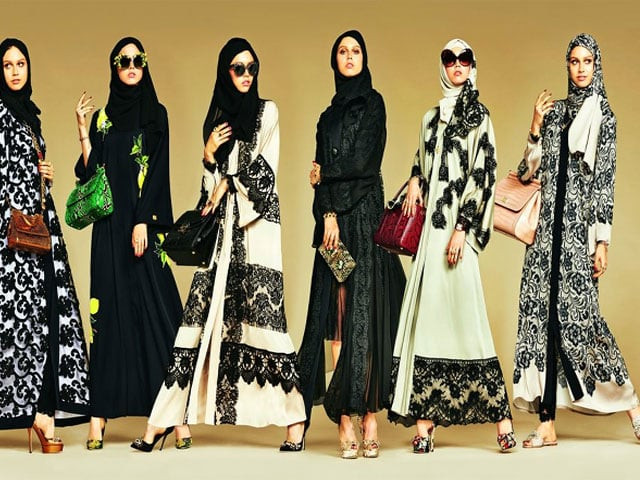
Muslim women, especially, have always had an arduous time finding the perfect outfit for themselves - something that isn't revealing yet goes hand in hand with the latest fashion trends - and the choices have always been disappointingly limited. If a woman chooses to dress herself modestly, regardless of her faith, she would be left to wear an outfit, either too monotonous or just plain outdated - but not anymore!
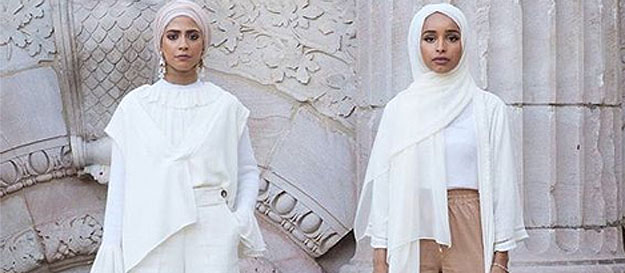 PHOTO: PINTEREST
PHOTO: PINTEREST'The Modest Movement' as designers are calling it has taken over the industry with fashion's big guns, experimenting with collections that cater to women that like being fashionable without showing too much skin.
Fashion, music, poetry celebrate independence
With the masses accepting gender fluidity, it is finally possible to look chic with no pressure to show skin, just think of the inclusion of a hijabi photographer in that widely panned Pepsi ad - and it's no wonder that modesty is now mainstream.
“Today, individuality is celebrated and again social media has been a key platform for people to express their individuality,” said Altaf Alim, the co-founder commercial director of Aab, a modest fashion brand that launched in 2007, reported Independent.
“Ten years ago it was very difficult to find clothing that was both suitably modest but also on trend.” Now, Aab is working with the Debenhams - the first major UK department store to sell Muslim clothing. Recently, their swim wear collection sold out within days of going online.
 PHOTO: SALAAM GATEWAY
PHOTO: SALAAM GATEWAY“What was available was either frumpy or boring and this is really how the industry came about. It’s fair to say it started out as a cottage industry with designers making dresses with a modest silhouette but with personality. Today there is lots of choice from independent designers right through to the high street. Consumer choice is always a good thing," he argued.
Fashion designer Deepak Perwani joins MQM-P
A decade ago, this 'movement' may have been termed as oppressive and degrading towards designers and people who choose clothes that do show skin, however, Alim is adamant that it is not the case now.
“Ironically this is no longer an argument any more as all the mainstream designers are championing modest fashion as the ‘go to’ look. It’s all very en vogue at the moment. Also, in the earlier days you always wanted to be careful when talking about modest fashion so as to be sure that you weren’t implying that any other fashion was immodest," he stated.
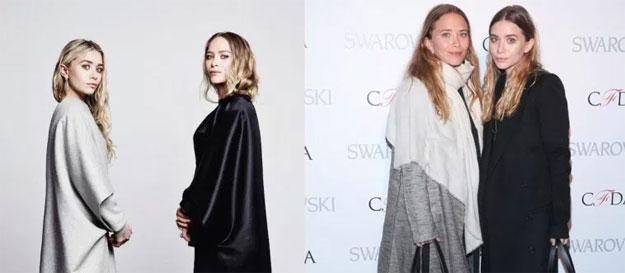 PHOTO: MVSLIM
PHOTO: MVSLIMSimi Polonsky who founded The Frock NYC, an orthodox fashion brand, with her sister agreed. “I feel that society is slowly taking a turn in that they are focusing less on the nuances of a modest woman’s specific dressing guidelines and honing in on the truth behind the 'modest movement'."
There are always critics though and its not easy stepping into a vastly different style. DKNY, Oscar de la Renta, Tommy Hilfiger have all tested the waters by releasing one-off collections during Ramadan and Eid. Dolce and Gabbana, meanwhile launched a permanent range of hijabs and lose robes, or abayas but have been criticised for using white models.
For women who've been ignored by the fashion industry for decades, this comes as a renewed sense of style, choice and confidence.
Have something to add to the story? Share it in the comments below.
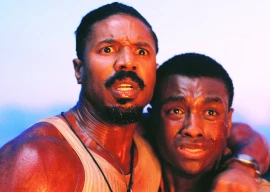
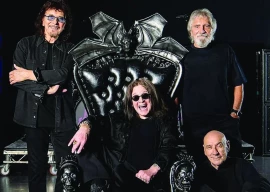



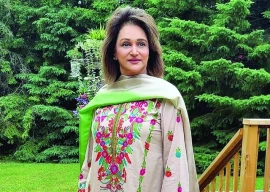











COMMENTS
Comments are moderated and generally will be posted if they are on-topic and not abusive.
For more information, please see our Comments FAQ